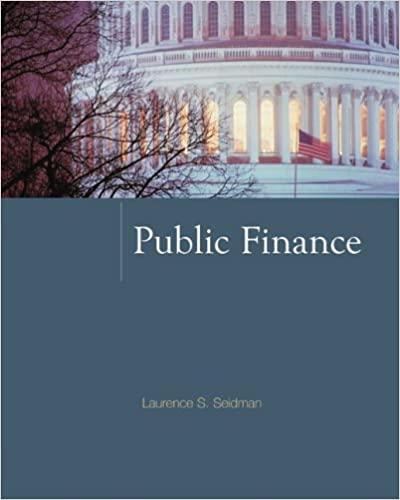Question
Summarize the below article and give your reasoning. On August 30, 2016, the European Commission (EC) concluded that Ireland and Apple Inc. (Apple) had violated
Summarize the below article and give your reasoning.
On August 30, 2016, the European Commission (EC) concluded that Ireland and Apple Inc. (Apple) had violated the European Union (EU) state aid rules when Ireland granted tax advantages to Apple; therefore, the EC ordered the Irish government to collect up to 13 billion euros ($15.3 billion U.S. dollars) in tax underpayments from Apple for the 2003 to 2014 period (EC Press Release, 2016). This is the largest sum in history that the EC has ever charged a company with the previous record being set by EDP Energy in 2015 when it was charged 1.4 billion ($1.7 billion U.S. dollars) (Simon-Lewis, 2017).
On October 4, 2017, the EC announced that it was taking Ireland to the European Court of Justice for its failure to collect on the 13 billion euros ($15.3 billion U.S. dollars) of tax due from Apple as a result of the 2016 EC decision. The EC said that Ireland missed the deadline of January 3, 2017 for collecting the tax from Apple and until this tax is recovered, Apple continues to benefit from an unfair advantage. Irelands Finance Ministry said that Ireland had never accepted the ECs analysis in the ECs decision but was committed to collecting the tax due pending Irelands own appeal of the ruling. Apple is also appealing the case (Blenkinsop 2017).
Background
Apple, the worlds largest tech company, was the beneficiary of a deal that enabled it avoid paying any tax on almost all profits in Europe for more than 20 years. The arrangement between Apple and Ireland dates to a 1991 tax ruling, which was replaced by a 2007 ruling. These types of rulings are generally comfort letters designed to provide clarity on tax issues for a business and are normally kept private; however, the EC found out about them while examining the work of a United States Senate subcommittee (Beesley and Barker 2018).
The issue of the EC case centers on the arrangement Apple had with Ireland. In 1991, Apple created the Irish subsidiary of Apple Sales International (ASI), which recorded all of Apples profits in Europe, Africa, the Middle East and India. If someone bought a phone in Spain for example, the sale would be recorded by ASI in Ireland, not in Spain. ASI then paid the annual Irish tax rates that were in the range of .005 percent and 1 percent until 2014, according to the agreement between Ireland and Apple. Ireland had one of the lowest corporate tax rates in the European Union (EU) 12.5 percent while most of the other EU member states had corporate tax rates of over 16 percent with the Belgium tax rate rising as high as 33.9 percent. According to the EC, ASI paid a lot less than the already low Irish corporate tax rate (Bennedsen and Stabile, 2017).
Conclusion
It is not necessarily clear whether the EC decision is a justified decision. It is noted that the EC did not claim that Apple broke any specific laws of Ireland or the EU; rather, the EC claimed that Apples sweet deal with Ireland was illegal because the arrangement meant unfair competition and was therefore state aid. This leads to the question as to whether the EU has the right to override an agreement that a sovereign nation has made with a corporate entity in order to improve the economy of that nation. On the other hand, there is the question as to whether this sweet deal between Apple and Ireland harmed the economies of other nations and whether Apple and Ireland greatly benefitted from a deal at the expense of the global community.
Step by Step Solution
There are 3 Steps involved in it
Step: 1

Get Instant Access to Expert-Tailored Solutions
See step-by-step solutions with expert insights and AI powered tools for academic success
Step: 2

Step: 3

Ace Your Homework with AI
Get the answers you need in no time with our AI-driven, step-by-step assistance
Get Started


